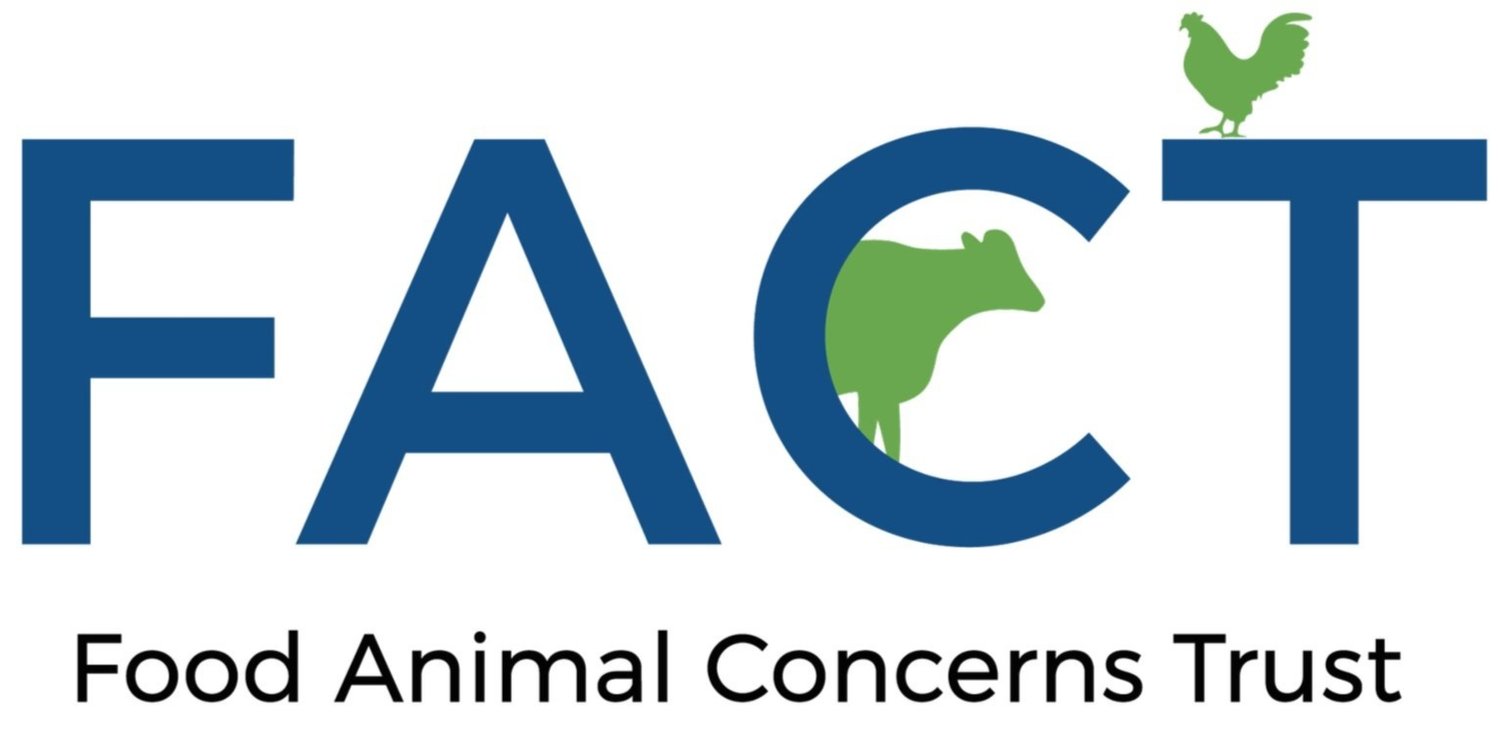Improving Antibiotic Use Throughout the World
World Antibiotics Awareness Week 2023
By Steve Roach and Madeleine Kleven, FACT’s Safe and Healthy Food Team
This Saturday, November 18, marks the beginning of an exciting week in the public health world! It’s a week that FACT, especially those of us in the Safe and Healthy Food Program, look forward to every year. That’s right, it’s World Antibiotic Awareness Week also known as World Antimicrobial Resistance Awareness Week or WAAW for short! For those of you who are unfamiliar with this week, let me tell you a little bit about it and why it is important.
World Antibiotics Awareness Week or in the United States, US Antibiotics Awareness Week, is an annual occurrence that lasts from November 18-24, and as you probably guessed, raises awareness about the threat of antibiotic resistance and the precious nature of our antibiotics. Practically everyone uses an antibiotic at some point in their lives. Whether you need one for a cesarean section, skin infection, surgery, or chemotherapy, antibiotics are wonderful medical tools, and in some cases, life-saving medicines for treating bacterial infections. Unfortunately, their effectiveness is dwindling as bacteria develop the ability to defeat the drugs designed to kill them. In the US alone, more than 35,000 people die every year from antibiotic resistant infections. Globally deaths from resistant infections reach more than 1.27 million.
Antibiotic resistance can affect anyone, however, meat industry workers, those with chronic illness, and elderly and very young people are disproportionately impacted. Antibiotic resistant infections can harm animals and plants as well. Therefore, it is critical we slow the spread of antibiotic resistance in order to preserve our antibiotics, not just for people but for all living things. To better understand how antibiotic resistance develops, check out our graphic on superbugs - bacteria that are resistant to multiple antibiotics. →
Here are some facts about antibiotic resistance that you should know:
● The main driver of antibiotic resistance is the overuse of antibiotics. This can be overuse in human medicine (prescribing a drug when it is not actually needed), plants (overspraying crops with antibiotic pesticides to prevent disease), and animals (using antibiotics instead of cleaning up the unhealthy conditions in industrial livestock operations).
● The majority of antibiotics sold in the US (roughly ⅔) are used in animals, not in people. These antibiotics are sometimes given for the whole time an animal is in a hog barn or cattle feedlot.
● Highly intensive livestock systems are often associated with factors that drive the excessive and routine use of antibiotics. These include inadequate animal welfare practices and high levels of disease.
● Germs can spread from giant livestock feeding operations and spill over into the human population through contaminated meat or water contaminated with manure and cause difficult to treat, sometimes deadly infections in humans.
● Animals that are raised on pasture with a good diet, weaned at the right time from their moms, and have ample room to move and grow don’t need to be given antibiotics to prevent disease.
● Rates of antibiotic resistance are increasing worldwide but reducing the overuse of antibiotics in animal agriculture as well as in hospitals can slow the spread of resistance.
How can you prevent the spread of antibiotic resistant germs?
● Join FACT in pushing for greater restrictions on antibiotic overuse through FACT’s Action Center.
● Purchase humane, pasture-raised meat from farmers who take good care of their animals and use antibiotics responsibly.
● Always prepare food safely. Cook meat to safe temperatures and always separate raw meat from other foods in the kitchen to avoid contamination.
Join us this next week on social media as we spread the word about antibiotic resistance.

